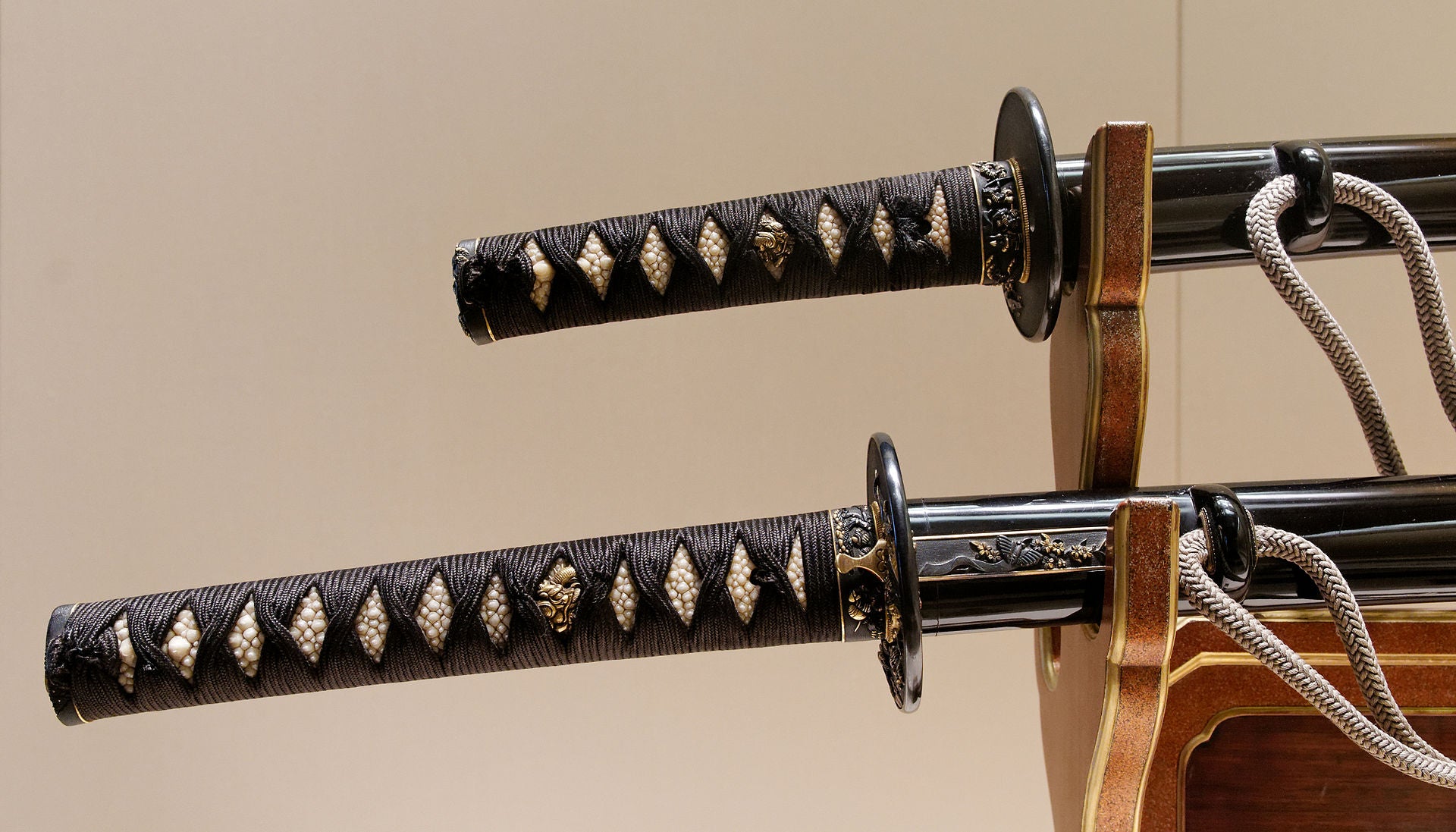Your Cart is Empty


With its curved, single-edged blade, the Japanese katana is one of the most recognizable swords in the world. It's prized for its superior quality and attention to detail. And while the katana first appeared during Japan's feudal period, there are newer, more modern katanas as well. So, how do these modern katanas compare to the centuries-old katanas forged during Japan's feudal period?
Traditional Katanas
The traditional katana first appeared during the Kamakura period -- a time that was characterized by powerful warlord families ruling Japan. Some people assume that the traditional katana was a completely new sword, but this isn't necessarily true. It's actually a variant of the tachi, which also featured a curved, single-edged blade. The katana, however, differed in several ways. First, it was longer than the tachi, making it a more formidable weapon.
Second, the traditional katana was forged with a different type of steel. Around the same time when the katana was invented, Japanese blademishts discovered that using high-carbon steel, known as tamahagane steel, allowed for stronger swords. As a result, they began using tamahagane steel with which to produce traditional katanas.
Modern Katanas
The katana -- like all traditional Japanese swords -- experienced a downturn during the Meiju Period. With the samurai class disbanded, the general population was prohibited from carrying swords. There were a few exceptions to this rule. Former samurai lords, known as a daiymo, for example, were still allowed to carry swords like the katana. The Japanese military and police were also allowed to carry swords. For everyone else, though, carrying a katana was off limits and grounds for legal action.
During 20th century Japan, however, the Japanese government began mass-producing katanas in preparation of World War II. At the time, the government required all military officers to carry a sword. A special type of modern katana, known as the gunto, was typically used for this purpose. When compared to the traditional katana, however, the gunto was inferior in terms of quality. Japan had a shortage of supplies and materials at the time, so blademiths couldn't use tamahagane steel to forge swords for military officers. Instead, they used different, lower-quality types of steel, resulting in low-quality katanas.
Today, blademiths in Japan and elsewhere continue to make katanas. Some even use the same tamahagane steel that was once used to make these swords several centuries ago. But there are also plenty of cheap, low-quality katanas of which you should be aware. If you're serious about sword collecting, choose a high-quality katana that reflects the values of traditional Japanese bladesmiths.